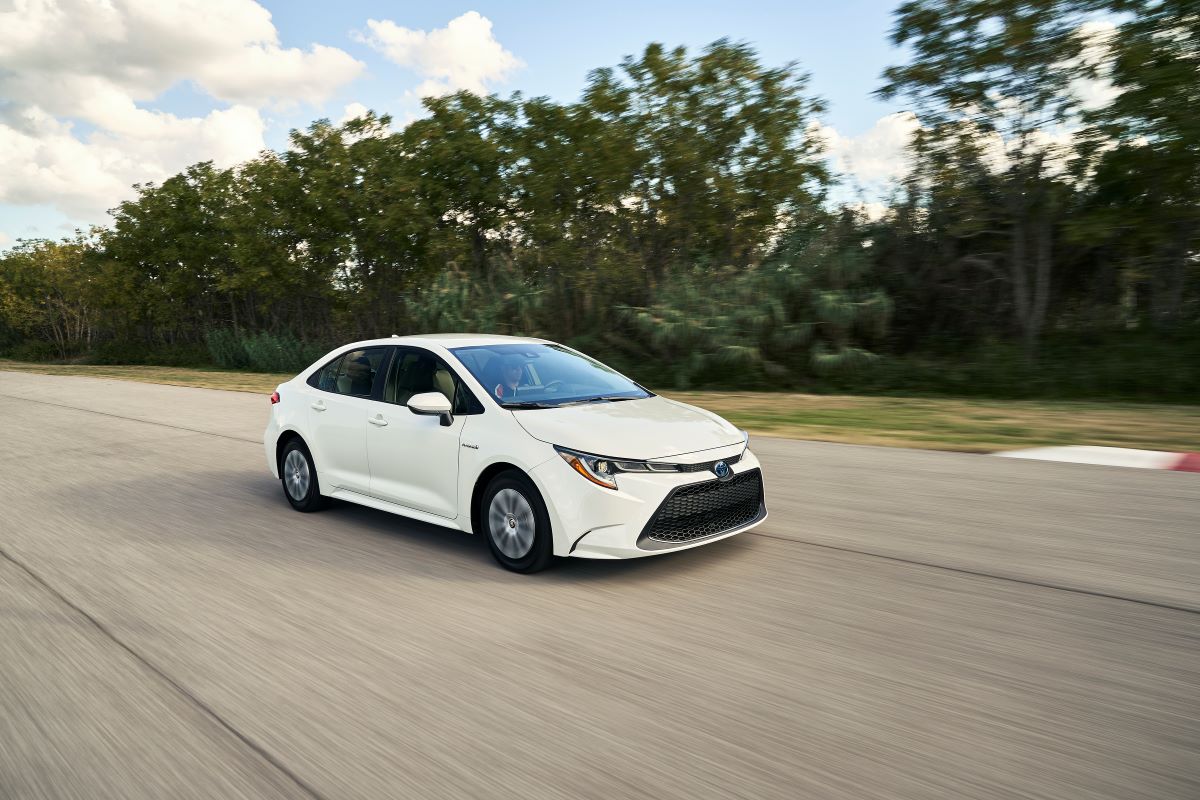
Why Are Mice, Rats, and Squirrels Destroying Toyota Corolla Hybrids?
The Toyota Corolla Hybrid is a near-perfect car. With outstanding value for money, equally impressive fuel economy, and unrivaled build quality, it’s an excellent pick for any potential buyer. But that doesn’t mean it doesn’t have a few hidden quirks. For instance, not only do eager hyper-milers love the automaker’s diet Prius, but so do mice, rats, and squirrels—which isn’t a good thing.
One would think that eco-friendly car purchases would bring equilibrium to the relationship between humans and nature. However, an Earth-first approach to manufacturing has its downsides. Owners of Toyota Corolla Hybrids have complained about small woodland creatures tearing up their five-seater sedans. Unfortunately, the soy-based wiring insulation the company uses provides a tasty snack to many common fauna.
Do cars use soy-based insulation?
Until the 2010s, most car companies used petroleum-based plastics to coat automotive wiring. Stepping toward sustainability, automakers began using soy-based materials, decreasing production costs.
Another reason why soy-based insulation is better than petroleum-based materials is because it lacks harmful byproducts. Traditional insulation contains formaldehyde, urea, and other chemicals, including carcinogens. Moreover, the process of installing it involves using an unhealthy dose of hydrofluorocarbons, and insulation made from crops is applied using a water spray with no dangerous chemicals. Therefore, soy-based insulation is much kinder to the environment—maybe too kind.
Toyota Corolla Hybrid owners lament soy-based insulation
Despite its environmentally-friendly characteristics, a unique issue exists using plant-derived wiring coating. Small animals love to eat it. A few years ago, Toyota Corolla Hybrid owners, as well as other vehicle owners, started complaining that mice, rats, and squirrels were gnawing the wiring under their hoods.
Problems don’t seem to be as dire during the spring and summer months. But when the air gets colder and food becomes more scarce for various rodents, they move indoors, sometimes into the engine bays of vehicles. When animals chew through the insulation, it can cause damage to the wiring and other components, leading to electrical problems and potentially even safety issues.
Do woodland creatures only chow down on the Toyota Corolla Hybrid?

Soy-based insulation isn’t just found in the Toyota Corolla Hybrid. At this point, it’s ubiquitous. Every automaker utilizes the material, but not every model seems to be affected the same.
Nevertheless, Toyota Corolla Hybrid owners—among drivers of other Toyota models—are involved in an ongoing class-action lawsuit to rectify the issue. Suits have been filed in California and Florida, dating back to 2016, before the Toyota Corolla Hybrid was released. According to ClassAction.org, the Florida suit argues that Toyota “was or should have been aware of the issue surrounding its soy-based wiring insulation.” However, the company “did not disclose this alleged defect to consumers and has routinely refused to repair affected vehicles or issue a recall.”
The suit seeks to cover a proposed class of consumers nationwide who bought or leased vehicles with soy-based wiring insulation, as well as state-specific subclasses of individuals who fit the aforementioned criteria and incurred out-of-pocket expenses related to the issue. Top Class Actions reports California’s Ninth Circuit’s ruled that expressed warranty claims could progress but have continuously run into obstacles, such as misidentifying rats as the issue and other claim revisions.
What has Toyota done about the problem?
Toyota’s warranty specifically excludes damage from “environmental conditions,” among others. Judges have ruled that rodents eating through insulation falls under said category. But vehicle owners are spending thousands of dollars repairing their ruined electrical systems. Outside of the courtroom, Toyota released a technical service bulletin (TSB) to alleviate the problems.
Unfortunately, the TSB only advises dealerships to use rodent-repellent tape when repairing cars with damaged soy-based insulation. Additionally, some owners have taken their own measures to protect their cars. They have used repellent sprays and installed physical barriers to prevent rodents from accessing the engine compartment.
Overall, while using soy-based materials in vehicles is a step toward sustainability, there are drawbacks. Toyota Corolla Hybrids aren’t the only casualty, and it’s something all vehicle owners must get used to and take appropriate precautions.


